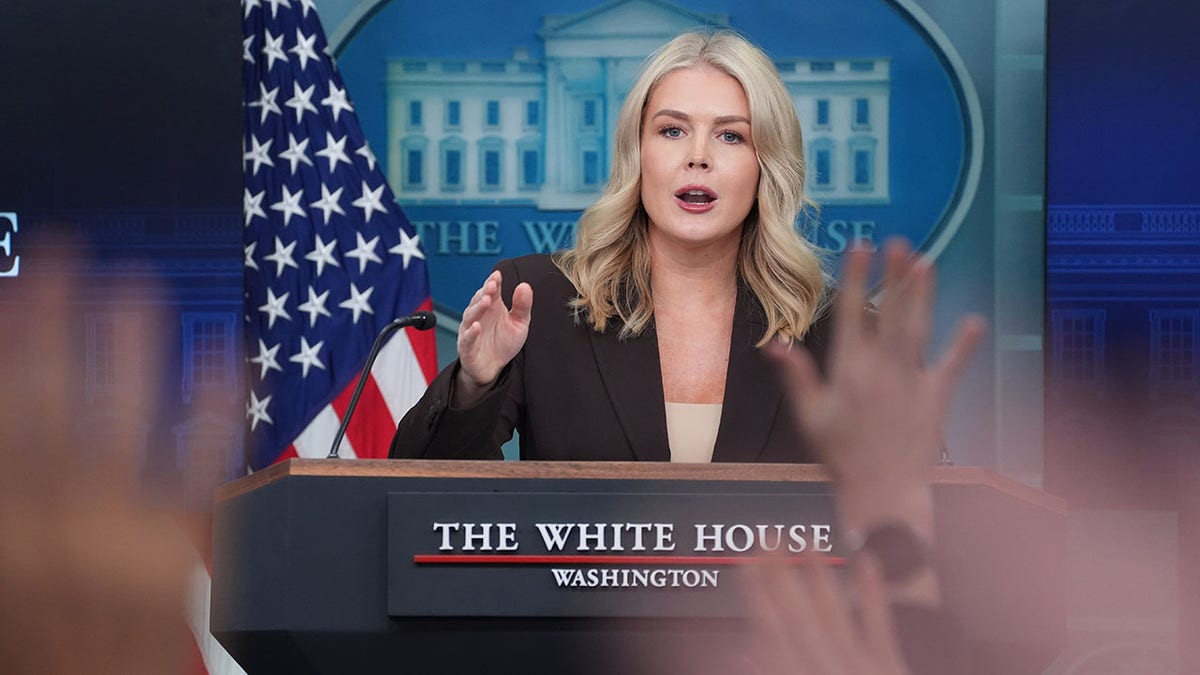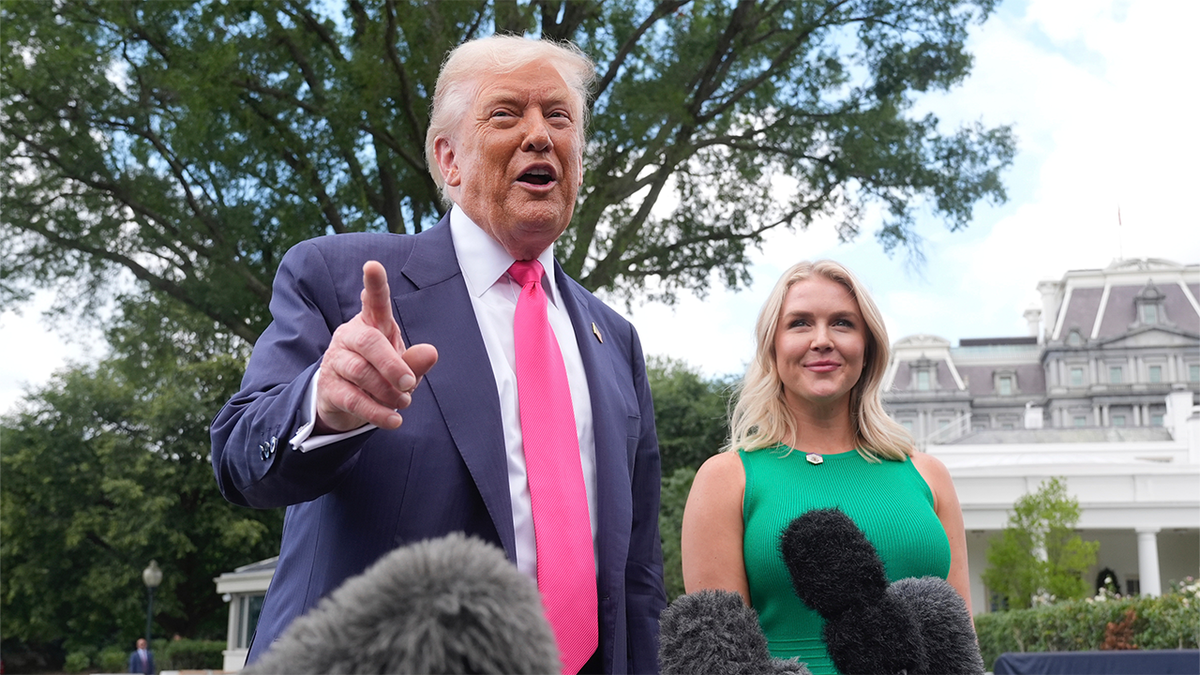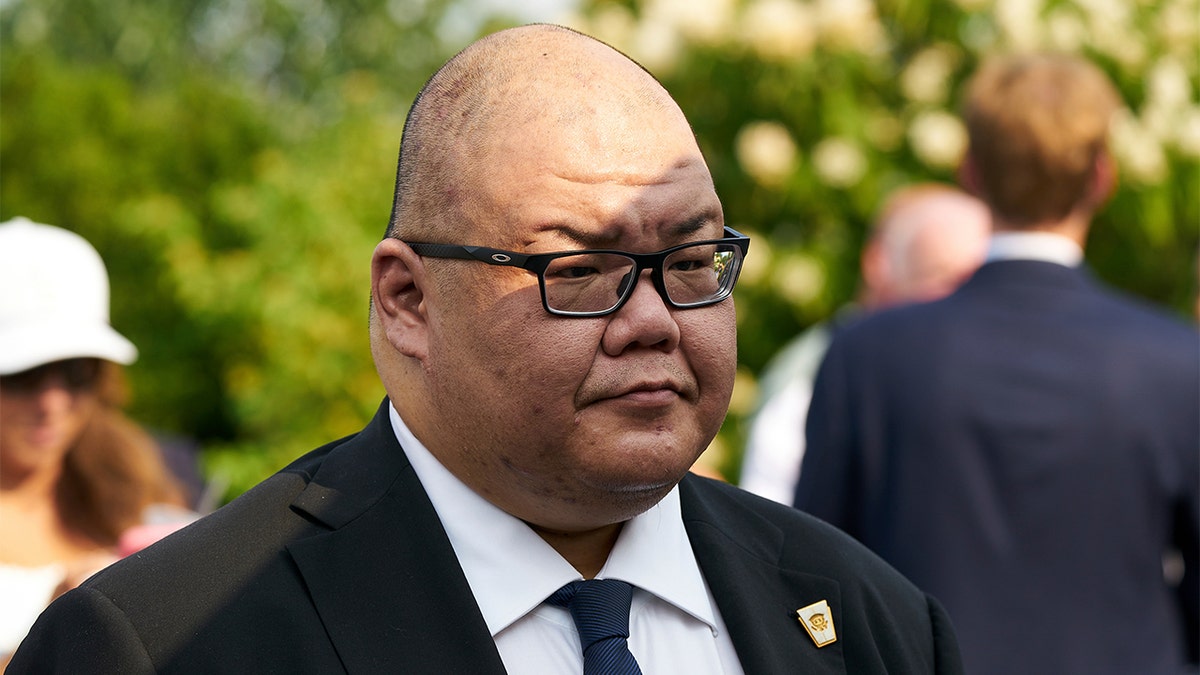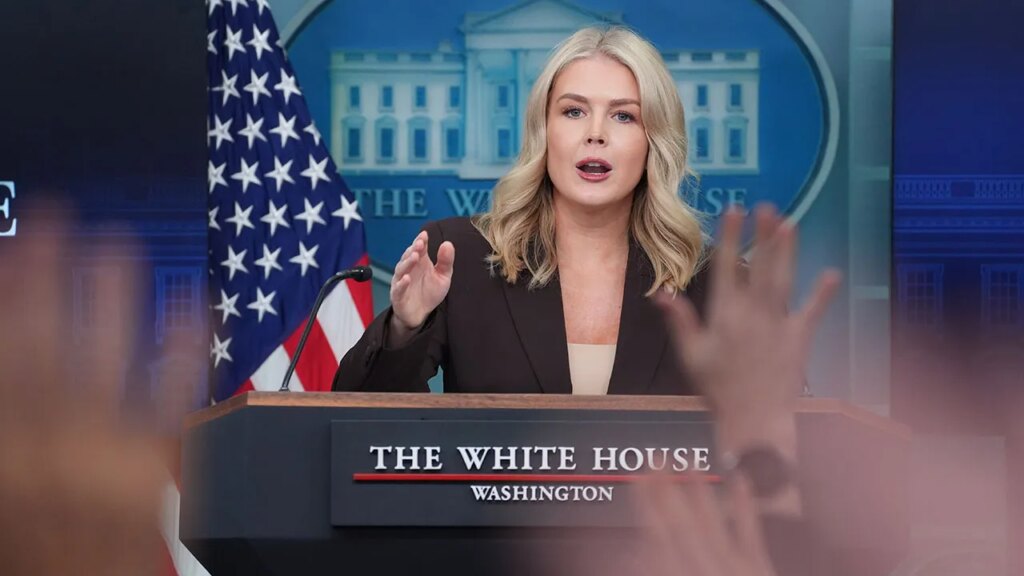NEWNow you can listen to Fox News articles!
The White House announced Friday that journalists would no longer be allowed free access to an area of the West Wing that houses the offices of several senior communications officials, including press secretary Karoline Leavitt.
In a memo, the National Security Council said journalists are prohibited from accessing Room 140, also known as “Upper Press,” which is located near the Oval Office, without an appointment, saying the measure is necessary to protect potentially sensitive materials and protect national security.
“To protect such material and maintain coordination between National Security Council staff and White House communications staff, members of the press are no longer permitted to access Room 140 without prior approval in the form of an appointment with an authorized member of White House staff,” the memo said.
Previously, accredited White House journalists could access Room 140 on short notice to speak with senior officials. Reporters can still access another area where lower-level White House communications staff have desks, according to the memo.
PENTAGON’S NEW PRESS RULES MAY BE ‘A BRIDGE TOO FAR,’ TURLEY WARNS

The White House announced that journalists would no longer be allowed free access to an area of the West Wing that houses offices of senior communications officials. (Associated Press)
The White House Correspondents’ Association argued that the new restrictions would affect journalists’ ability to question officials, ensure transparency and hold the government accountable.
“The White House Correspondents’ Association unequivocally opposes any effort to limit journalists from areas within White House communications operations that have long been open to news gathering, including the press secretary’s office,” CBS News White House reporter Weijia Jiang, the group’s current president, said in a statement.
White House Communications Director Steven Cheung said Friday that journalists had been caught secretly recording video and audio in offices and wandering around restricted areas.
“Some journalists have been caught secretly recording video and audio from our offices, along with photographs of sensitive information, without permission,” he wrote in

The National Security Council said journalists are prohibited from accessing Room 140, also known as the “Senior Press.” (AP)
The Clinton administration announced a similar measure in 1993 to restrict press access to Room 140, but it was later reinstated after fierce backlash.
This comes after the Pentagon recently announced a new policy in which media outlets must agree to new press restrictions or lose their media credentials and work spaces at the Pentagon.
The policy requires journalists to agree to the new rules, including that they could be considered security risks and have their Pentagon press credentials revoked if they ask employees to reveal information that has not been released by the department, even if the information is not classified.
GENERAL JACK KEANE REACTS TO THE PENTAGON’S NEW PRESS ACCESS POLICY

White House Communications Director Steven Cheung said journalists had been caught secretly recording video and audio in offices and wandering around restricted areas. (Bing Guan/Bloomberg via Getty Images)
CLICK HERE TO DOWNLOAD THE FOX NEWS APP
At least 30 media outlets, including Fox News, have refused to agree to the Pentagon’s media restrictions, saying the policy poses a threat to press freedom and hampers their ability to conduct independent news gathering.
Additionally, earlier this year the Trump administration removed Reuters, The Associated Press and Bloomberg News from the permanent “pool” of reporters covering the president, although those outlets may still be included sporadically.
Reuters contributed to this report.


